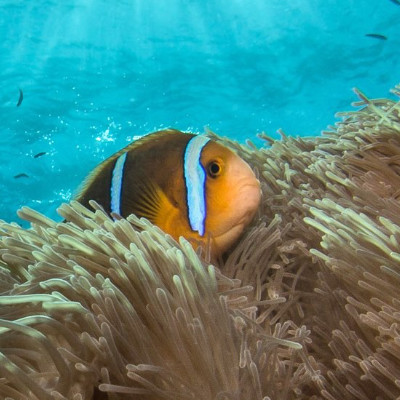written by Gaëlle Poyade for the 2025 edition

Te reko pakumotu: the languages of the Tuāmotu


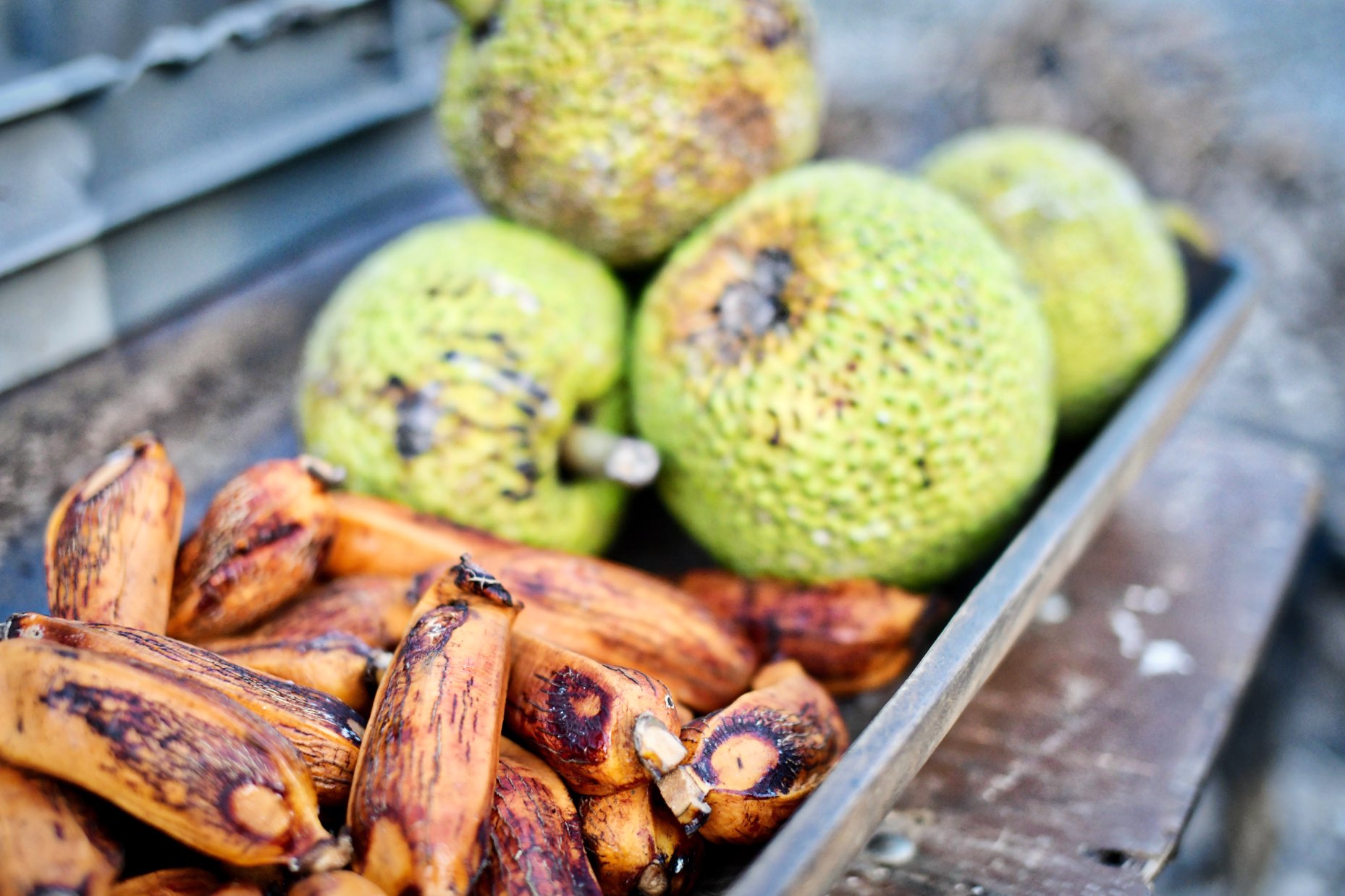
A vernacular language specific to the Tuāmotu archipelago, Paumotu, known as Reko Pakumotu, is a fundamental pillar of Polynesian culture. Like many minority languages, spoken by a small population – the Tuāmotu inhabitants are estimated at 15,000 – Reko Pakumotu, which is in a fragile state, is the subject of programs, projects and educational missions aimed at preserving it.
Te reko pakumotu actually groups together 7 major linguistic areas, each with its own language, specific lexicons, and sometimes even distinct grammatical constructions. Today, all are influenced by the Tahitian language. Note the particular case of Rangiroa, which belongs to the Mihiroa linguistic area. For ancient historical reasons, the inhabitants there express themselves in a Tahitian mixed with local lexical specificities.
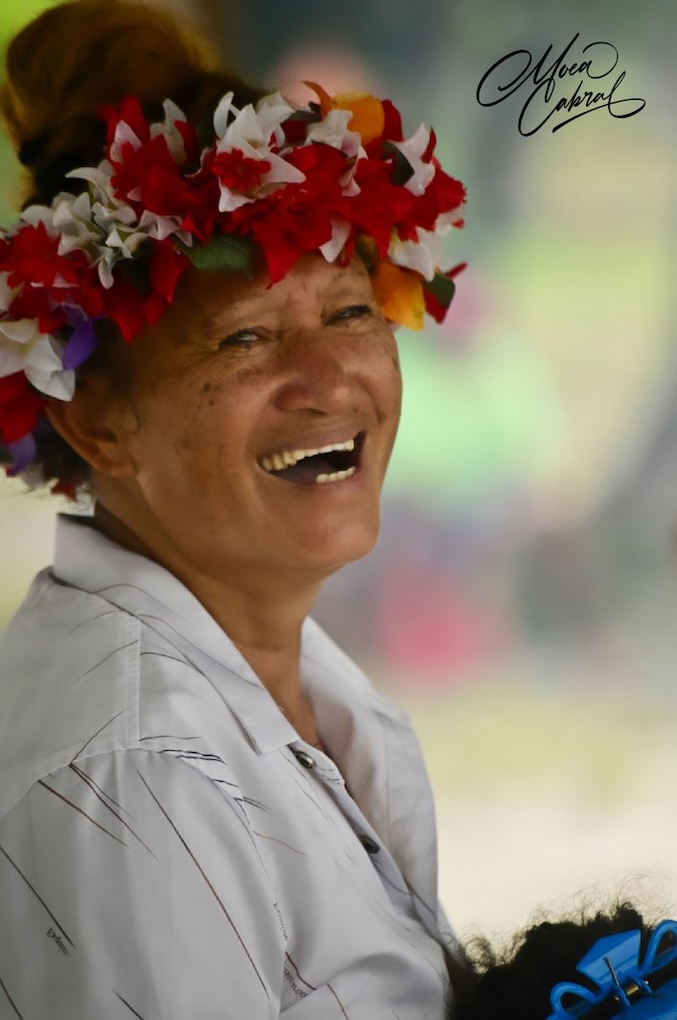

Since the end of the 20th century, family transmission has no longer been systematic, in favor of Tahitian and French, which are perceived as languages symbolizing academic, social, or even religious success. Furthermore, the fragmentation of the Tuāmotu archipelago into approximately 80 atolls does not facilitate the work of preserving or disseminating the different languages. Finally, the exodus to Tahiti and the predominance of French in schools have further reduced their use.
To curb this trend, initiatives have emerged, including the creation in 2008 of the Paumotu Academy Kāruru Vānaga (Académie Paumotu Kāruru Vānaga). In addition to its linguistic missions (standardization and codification of various dialects), it encourages a plethora of publications, collections of tales, legends, proverbs, reference works such as Tuāmotu te kaiga, languages and cultures, Na ku teie hakari as well as the new collection Na ku teie – Cahiers des Trésors des Tuāmotu. In addition, the Kāruru Vānaga has launched a project to translate the Gospels while working on the creation of bilingual Paumotu-French/Paumotu-Tahitian dictionaries, not to mention various educational tools for teachers.
The Aquarium attracts many stakeholders. This is why the management committee, created three years ago, brings together representatives from various sectors of the municipality: diving, environmental organizations, excursionists and lagoon activities, fishing, aquaculture, pearl farms, and the Rangiroa Tourism Committee and its population.
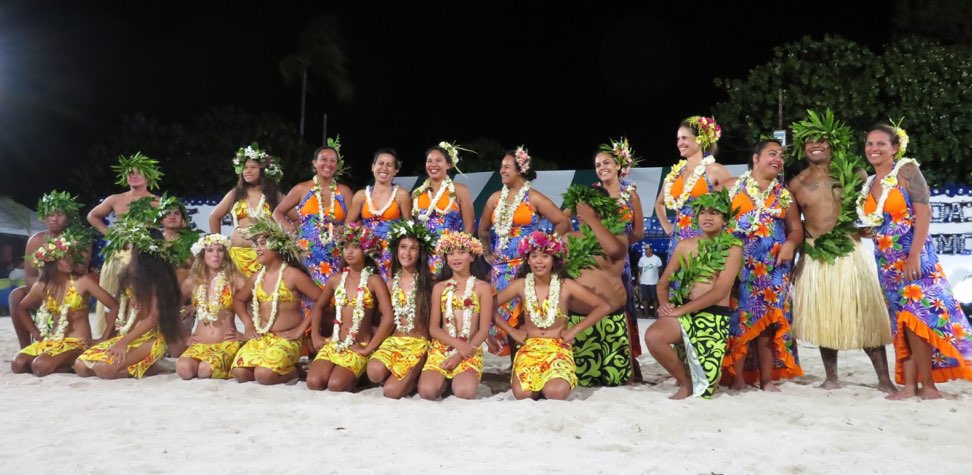
In primary school, Polynesian languages are included in the curriculum for 2.5 hours per week, so Paumotu languages are taught a priori, such as Parata in 'Ana'a or Maragai in Nukutāvake. Hao primary school stands out with the implementation of equal hours between French and Paumotu. And, each year, the public speaking competition organized by the Directorate of Education (DGEE) allows young Paumotu students to reclaim their languages and cultural traditions by declaiming ancient texts. Paumotu is taught up to the University of French Polynesia via the LLCER Licence (1) where it is one of the compulsory subjects in the first year.
Nothing is more effective than songs to perpetuate a language and contribute to its influence. Local stars, Barthélémy, Emma Mariteragi, Antoine Arakino and, even more relevant today, Teiho Tetoofa, participate in its dissemination, even beyond territorial borders. Several celebrations and festivals, carried by dances, songs or traditional stories also put the Paumotu languages in the spotlight, like the Makeva organized by the Te Reo o te Tuāmotu and Pu Tahi Haga no Ganaa associations since 2000, the next edition of which will be held from November 3 to 8, 2025 in Rangiroa.
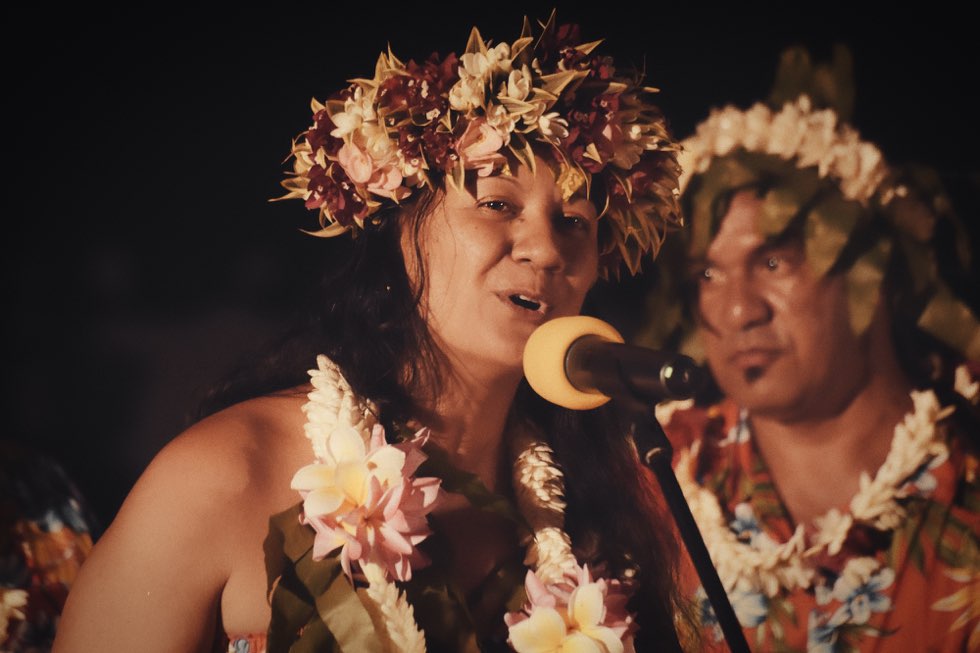
Although sometimes in competition with each other, the Paumotu and Tahitian languages are nonetheless closely linked. The consonant "k," which belongs to the Paumotu alphabet, is being studied by the Tahitian Academy Te Fare Vāna'a with a view to integrating it into the Tahitian alphabet. The translation of the Bible into Tahitian imposed the use of the letter and phoneme "k" for certain religious terms (from Hebrew, Greek, and English). For example, in Tahitian, one prays to Kiritō, meaning Christ.
The ongoing debate has the merit of making the Paumotu language more visible, for which political recognition would strengthen its legitimacy and help preserve the linguistic and cultural identity of the Tuāmotu. The symbolic stele representing the seven reko pakumotu, installed in Tautira in the south of Tahiti in July 2025, is there to remind us of this.
(1) Foreign and regional languages, literatures and civilizations
